Discover About Buildings + Cities
About Buildings + Cities

About Buildings + Cities
Author: Luke Jones & George Gingell Discuss Architecture, History and Culture
Subscribed: 4,300Played: 61,512Subscribe
Share
© Luke Jones & George Gingell
Description
A podcast about architecture, buildings and cities, from the distant past to the present day. Plus detours into technology, film, fiction, comics, drawings, and the dimly imagined future.
With Luke Jones and George Gingell.
With Luke Jones and George Gingell.
152 Episodes
Reverse
In our final episode of 2025, we discussed William Golding's 1964 novel 'The Spire', a deeply psychological portrayal of the construction of a cathedral spire in the 14th century, heavily influenced by Salisbury Cathedral. One of the great architectural novels, this episode contains extensive spoilers, so we recommend reading it or listening to the audiobook before you listen to this episode!
Edited by Matthew Lloyd Roberts.
Support the show on Patreon to receive bonus content for every show.
Please rate and review the show on your podcast store to help other people find us!
Follow us on twitter // instagram // facebook
We’re on the web at aboutbuildingsandcities.org
This podcast is powered by Pinecast.
In the finale of our series on Sigfried Giedion, we discussed the bait-and-switch coda of the book, where Giedion unexpectedly addresses questions of urbanism and town planning, via Haussmanisation, designs for Lyon by Tony Garnier, the Garden City movement, slab block modernism and Manhattan.
Follow along with images on YouTube: https://youtu.be/1d8rDIt0mIw
We hope you enjoyed this series. We will be back soon with a discussion of William Golding's 'The Spire'!
Edited by Matthew Lloyd Roberts.
Support the show on Patreon to receive bonus content for every show.
Please rate and review the show on your podcast store to help other people find us!
Follow us on twitter // instagram // facebook
We’re on the web at aboutbuildingsandcities.org
This podcast is powered by Pinecast.
Some clips from our Patreon bonus episodes on Sigfried Gideion's 'Mechanisation Takes Command'.
If you've enjoyed the show, please consider supporting us on Patreon for full access to these bonus episodes: https://www.patreon.com/c/about_buildings
Edited by Matthew Lloyd Roberts.
Please rate and review the show on your podcast store to help other people find us!
Follow us on twitter // instagram // facebook
We’re on the web at aboutbuildingsandcities.org
This podcast is powered by Pinecast.
In part three of our discussion of 'Space, Time and Architecture', we finally got to the Spacetime and the architecture. We examined Giedion's thinking about many canonical works of the late-19th and 20th century, including the Chicago School, Louis Sullivan and Frank Lloyd Wright; the emergence of ferro-concrete in France with Perret and the bridges of Swiss engineer Robert Maillart and definitionally Modernist works by Walter Gropius, Le Corbusier, Mies van der Rohe and Alvar Aalto.
To follow along with the images as we discuss them, you can find this episode on our YouTube channel:
This podcast is powered by Pinecast.
In the second part of our discussion of Sigfried Giedion's 'Space, Time and Architecture' we covered the canalpunk aesthetics of cast-iron bridges, the transformation of material technology in the 19th-century and the Chicago School, completing his teleological march up to modernism which we will discuss in the next episode.
To follow along with the images, you can watch this episode on YouTube: https://youtu.be/Z2NCz-xl7V8
Edited by Matthew Lloyd Roberts.
Support the show on Patreon to receive bonus content for every show.
Please rate and review the show on your podcast store to help other people find us!
Follow us on twitter // instagram // facebook
We’re on the web at aboutbuildingsandcities.org
This podcast is powered by Pinecast.
In this first episode of a new series on Sigfried Giedion's 1941 book 'Space, Time and Architecture', we discussed the approach to architectural history and urbanism in the first part of this totemic publication which shaped modernist architectural culture. Giedion was a Jewish historian from a family of Swiss industrialists, born in Prague who studied under Heinrich Wölfflin in Munich. He was a founding member of the Congrès Internationaux d'Architecture Moderne or "CIAM" who left Europe for America in the 1930s like many other Jewish émigrés. The lectures he gave at Harvard in the late 1930s were published as 'Space, Time and Architecture', one of the most influential works of architectural history and theory of the 20th century.
Watch this episode on YouTube for illustrations: https://youtu.be/89sjkU8G2bw
Edited by Matthew Lloyd Roberts.
Support the show on Patreon to receive bonus content for every show.
Please rate and review the show on your podcast store to help other people find us!
Follow us on twitter // instagram // facebook
We’re on the web at aboutbuildingsandcities.org
This podcast is powered by Pinecast.
This is an unlocked Patreon bonus episode from our series on WG Sebald (episodes 77 & 78 in the main feed), if you enjoyed listening to this episode, please consider supporting the show on Patreon for access to our entire back catalogue of bonus episodes.
In this final bonus episode from our series on WG Sebald, we discussed his two books 'The Rings of Saturn' (1995) and 'On the Natural History of Destruction' (1999). Both texts return to key themes of Sebald's writing: The Rings of Saturn is a melancholy walk across the low, flat plains of the East Anglian coast, where repressed memories of imperialist violence and mundane tragedy uncomfortably resurface alongside the banality of daily life. On the Natural History of Destruction is comprised of a series of essays reflecting on the memories of World War II in German literature, particularly the destruction of cities during the bombing campaigns in the final years of the war.
Our next series will be starting at the end of this
Edited by Matthew Lloyd Roberts.
Support the show on Patreon to receive bonus content for every show.
Please rate and review the show on your podcast store to help other people find us!
Follow us on twitter // instagram // facebook
We’re on the web at aboutbuildingsandcities.org
This podcast is powered by Pinecast.
This is an unlocked bonus episode from our series on Otto Wagner, released to mark the end of our Plečnik series. You can listen to the whole of our Otto Wagner series, episodes 79–83 on the main feed. If you want access to our full back catalogue of bonus episodes, please consider supporting the show on Patreon!
We are going on a summer holiday, but will be back at the end of September with new episodes on Sigfried Gidieon's 1941 book 'Space, Time and Architecture'.
Edited by Matthew Lloyd Roberts.
Support the show on Patreon to receive bonus content for every show.
Please rate and review the show on your podcast store to help other people find us!
Follow us on twitter // instagram // facebook
We’re on the web at aboutbuildingsandcities.org
This podcast is powered by Pinecast.
This is a clip from our latest Patreon bonus episode, if you'd like to hear our final thoughts on Plečnik in full, please consider subscribing at https://www.patreon.com/about_buildings — the show relies on listener support, and you'll get access to our full back catalogue of bonus episodes.
In our final bonus episode on Jože Plečnik, we discussed a few more of his projects, including 'Many Houses under One Roof', a unique unbuilt proposal for mass housing in post-war Ljubljana which imagined a huge colonnaded structure under which houses could be built in heterogenous harmony. We also discussed a pair of pavilions built for a convent in the countryside near Bled in northern Slovenia. The pavilions represent Plečnik's unique interpretations of the 'Primitive Hut' as an architectural form. Lastly, we discussed Plečnik's own house in Ljubljana and reflected on his legacy as one of the most idiosyncratic and surprising architects of the 20th century.
Edited by Matthew Lloyd Roberts.
Support the show on Patreon to receive bonus content for every show.
Please rate and review the show on your podcast store to help other people find us!
Follow us on twitter // instagram // facebook
We’re on the web at aboutbuildingsandcities.org
This podcast is powered by Pinecast.
In the grand finale of our Plečnik series, we discussed the last of his projects for Ljubljana both realised and unrealised. In this episode we covered his Peglezen or Flat Iron Building, the National and University Library, his alteration of a former monastic complex called the Krizanke, his proposed extensive restoration of Ljubjlana Castle with monumental staircase from the triple bridge, and lastly his megalomaniacal idea for the Slovenian Parliament. A final bonus episode reflecting on our time with Plečnik will be out in the next week or two for Patreon subscribers.
To follow along with the images, watch this episode on YouTube: https://youtu.be/Su2mTGeMi9c
Edited by Matthew Lloyd Roberts.
Support the show on Patreon to receive bonus content for every show.
Please rate and review the show on your podcast store to help other people find us!
Follow us on twitter // instagram // facebook
We’re on the web at aboutbuildingsandcities.org
This podcast is powered by Pinecast.
More Plečnik in Ljubljana! Here we talked about his approach to the Ljubljanica, the river that runs through the middle of the city, including the weirs, bridges and sluices which control its flow, the iconic triple bridge, and the various market buildings which face onto the riverside.
To follow along with images for this episode, check out the video version on YouTube: https://youtu.be/jQknKgoaQKI
Edited by Matthew Lloyd Roberts.
Support the show on Patreon to receive bonus content for every show.
Please rate and review the show on your podcast store to help other people find us!
Follow us on twitter // instagram // facebook
We’re on the web at aboutbuildingsandcities.org
This podcast is powered by Pinecast.
In the first episode of our Plečnik series on his work for Ljubljana, we discussed a few of his less well known works, including his work for the Chamber of Commerce, the Triglav Insurance Company Palace and Congress Square. In the next episode we will discuss his designs for the city's riverfront.
To follow along with the images which accompany the discussion, watch this episode on YouTube: https://youtu.be/te2VWMNoHx4
Edited by Matthew Lloyd Roberts.
Support the show on Patreon to receive bonus content for every show.
Please rate and review the show on your podcast store to help other people find us!
Follow us on twitter // instagram // facebook
We’re on the web at aboutbuildingsandcities.org
This podcast is powered by Pinecast.
In the third episode of our Plečnik miniseries we talked about a couple more churches and the cemetery of Ljubljana. Specifically we discussed: the Church of St Michael, Črna Vas or the Church of St Michael in the Marsh (Cerkev sv. Mihaela na Barju); the Church of St Anthony of Padua, Belgrade (Црква Светог Антуна Падованског) and Žale Central Cemetery, Ljubljana (Centralno pokopališče Žale).
Watch this episode on YouTube to follow along with images: https://youtu.be/m2Lhu-3TpuE
Edited by Matthew Lloyd Roberts.
Support the show on Patreon to receive bonus content for every show.
Please rate and review the show on your podcast store to help other people find us!
Follow us on twitter // instagram // facebook
We’re on the web at aboutbuildingsandcities.org
This podcast is powered by Pinecast.
In the second episode of our miniseries on Jože Plečnik, we discussed four of his early church buildings, each representing a unique interlacing of early Christian architecture, 20th century classicism, and his idiosyncratic approach to style, detailing and planning which give all his buildings such a unique atmosphere.
In this episode we discussed:
St. Bartholomew's Church, Ljubljana (cerkev sv. Jerneja)
Church of the Most Sacred Heart of Our Lord, Prague (Kostel Nejsvětějšího Srdce Páně)
Church of St. Francis of Assisi, Ljubljana (Župnijska cerkev Frančiška Asiškega)
Church of the Ascension, Bogojina (Cerkev Gospodovega vnebohoda)
Watch this episode on YouTube to follow along with the images: https://youtu.be/szuyRFu0wis
Edited by Matthew Lloyd Roberts.
Support the show on Patreon to receive bonus content for every show.
Please rate and review the show on your podcast store to help other people find us!
Follow us on twitter // instagram // facebook
We’re on the web at aboutbuildingsandcities.org
This podcast is powered by Pinecast.
This is the first episode in a new series about the Slovenian architect Jože Plečnik, who blended inspiration from deep antiquity with the modern sensibilities he learnt as a student of Otto Wagner (subject of a previous ABC miniseries episodes 79–83). Here we discussed his upbringing and education, time in Italy and his idiosyncratic classical sources from Etruscan deep time and late antiquity. Later his career and earliest commissions in Vienna and Prague, especially the Zacherlhaus, Church of the Holy Spirit and his interventions at Prague Castle.
To follow along with the images, find this episode on YouTube: https://youtu.be/a8S9gA6_j6M
Edited by Matthew Lloyd Roberts.
Support the show on Patreon to receive bonus content for every show.
Please rate and review the show on your podcast store to help other people find us!
Follow us on twitter // instagram // facebook
We’re on the web at aboutbuildingsandcities.org
This podcast is powered by Pinecast.
If you want access to the full version of this episode, subscribe to our Patreon: https://www.patreon.com/c/about_buildings
Watch this episode on YouTube to follow along with the images: https://youtu.be/mhoIymTPnRg
In the final part of our series on Rem Koolhaas's SMLXL, we discussed 'XL', including their unsuccessful competition entry for Parc de Vilette and the essay 'Generic City'. Discussions of Singapore, Atlanta and Yokohama are available on our Patreon.
Our next series which will begin next month is going to be about the Slovenian architect Jože Plečnik, so watch this space!
Edited by Matthew Lloyd Roberts.
Support the show on Patreon to receive bonus content for every show.
Please rate and review the show on your podcast store to help other people find us!
Follow us on twitter // instagram // facebook
We’re on the web at aboutbuildingsandcities.org
In Part 3 of our series on SMLXL we talked through 'L', including the essay on BIGNESS, including unbuilt schemes for the Très Grande Bibliothèquethe in Paris, the Karlsruhe Zentrum fur Kunst und Medientechnologie and the Zeebrugge Sea Terminal.
To follow along with the images, check out this episode on YouTube: https://youtu.be/cuzdCPh-iIs
We previously discussed some of these projects in episode 48 and bonus episode 48.5 (unlocked!), albeit less in the context of SMLXL as a publication.
Edited by Matthew Lloyd Roberts.
Support the show on Patreon to receive bonus content for every show.
Please rate and review the show on your podcast store to help other people find us!
Follow us on twitter // instagram // facebook
We’re on the web at aboutbuildingsandcities.org
This is a preview of a bonus episode available on our Patreon feed, please support the show on Patreon for full access: https://www.patreon.com/c/about_buildings
In this bonus we talked about the book-within-the-book, the series of quotations and definitions which run the breadth of the alphabet through SMLXL. It includes the usual Koolhaasian mixture of high and low culture, actress's memoirs, advertising, technical manuals, pornography and even Luke's dad!
Edited by Matthew Lloyd Roberts.
Support the show on Patreon to receive bonus content for every show.
Please rate and review the show on your podcast store to help other people find us!
Follow us on twitter // instagram // facebook
We’re on the web at aboutbuildingsandcities.org
In episode 2 of our series on SMLXL by Rem Koolhaas, OMA and Bruce Mau, we talked about 'M', including a Panopticon prison, an extension for the Dutch Parliament, the Netherlands Dance Theatre, an unbuilt hotel in Morocco and the Rotterdam Kunsthal.
Follow along with images on YouTube: https://youtu.be/cqlABdVpeZ8
Edited by Matthew Lloyd Roberts.
Support the show on Patreon to receive bonus content for every show.
Please rate and review the show on your podcast store to help other people find us!
Follow us on twitter // instagram // facebook
We’re on the web at aboutbuildingsandcities.org
SMLXL (1995) was the brainchild of Rem Koolhaas, principal of OMA, rhetorically and stylistically a rejection of the norms of architectural monographs, this 1400 page silver brick was one of the most iconic art books of the 1990s. It is a strange piece of architectural publishing, and very 90s, a mixture of post-modern literary sensibilities, greasy full bleed photography and polemic against Koolhaas's teachers and peers. We will talk about the book part-by-part over the next 4 episodes, with bonus content for Patreon subscribers.
Catch this episode on YouTube to see the slides: https://youtu.be/ljgaQQz-TpY
Edited by Matthew Lloyd Roberts.
Support the show on Patreon to receive bonus content for every show.
Please rate and review the show on your podcast store to help other people find us!
Follow us on twitter // instagram // facebook
We’re on the web at aboutbuildingsandcities.org


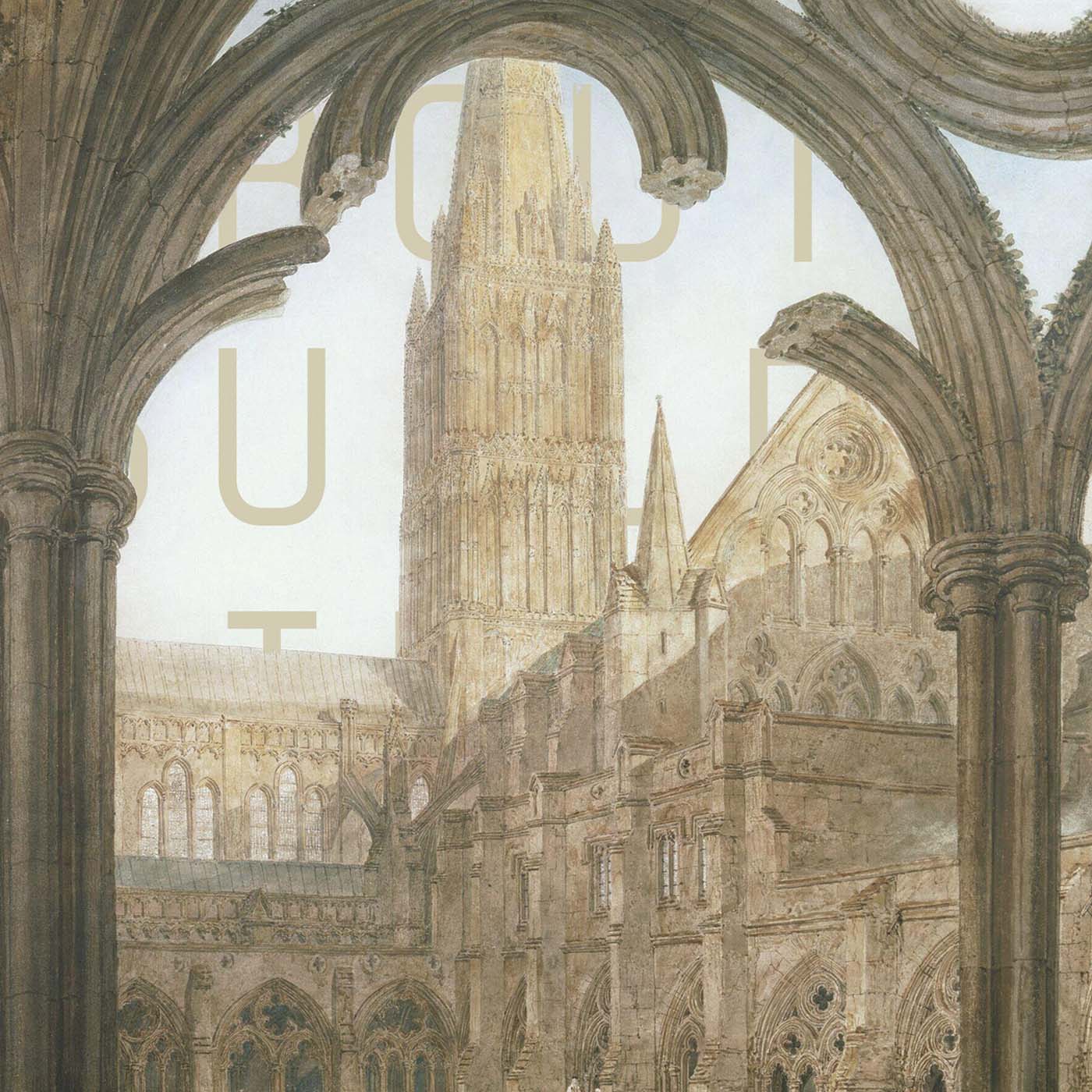

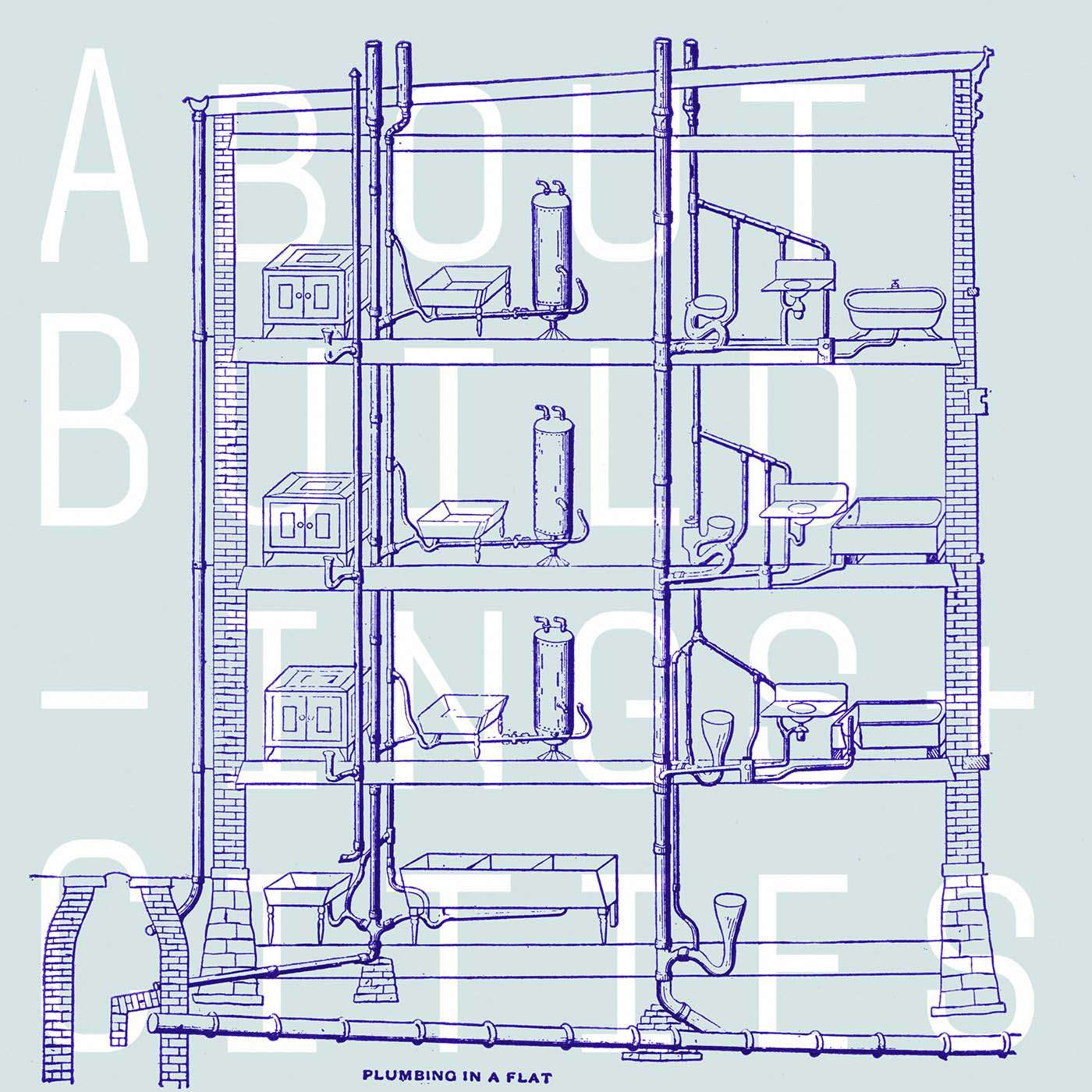
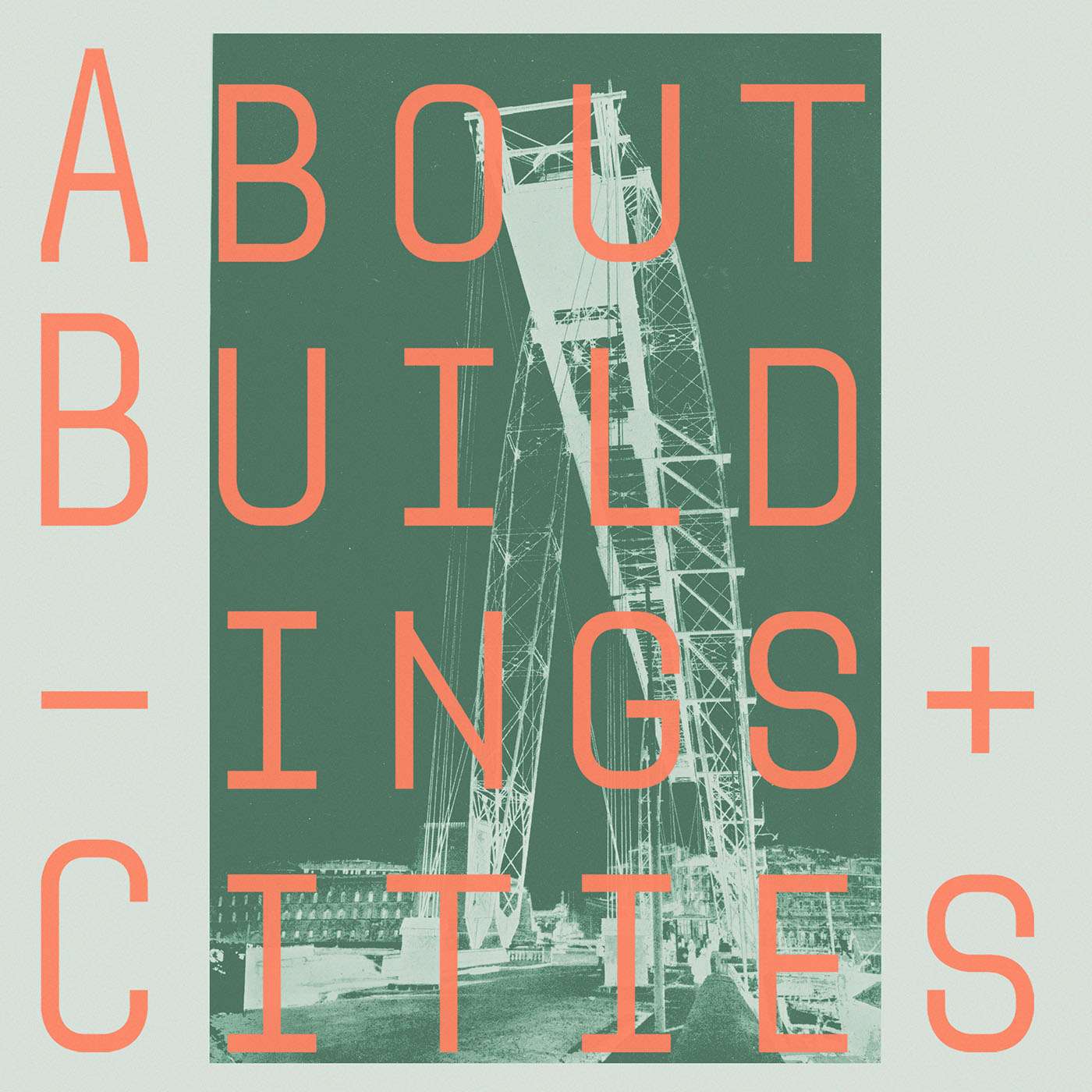
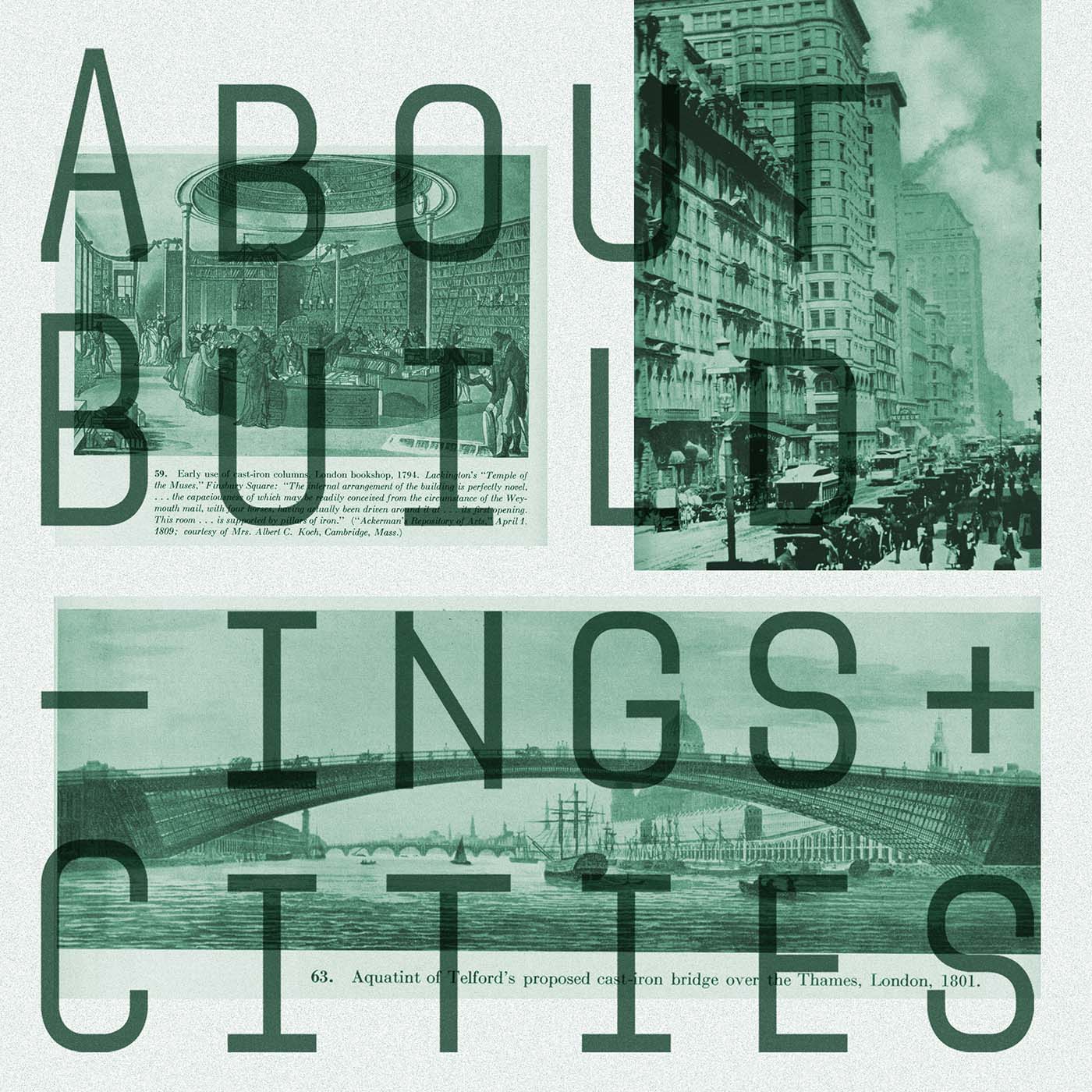
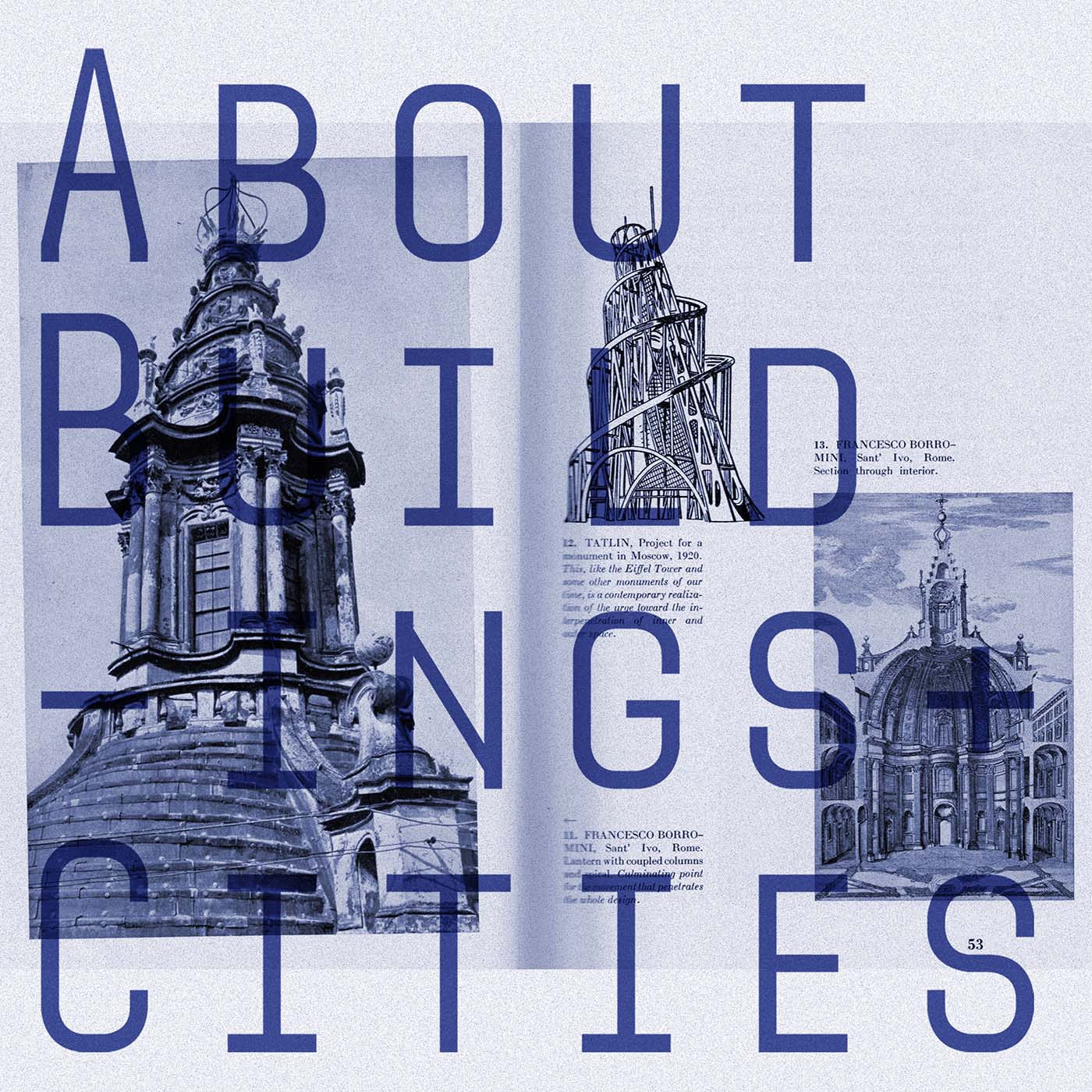
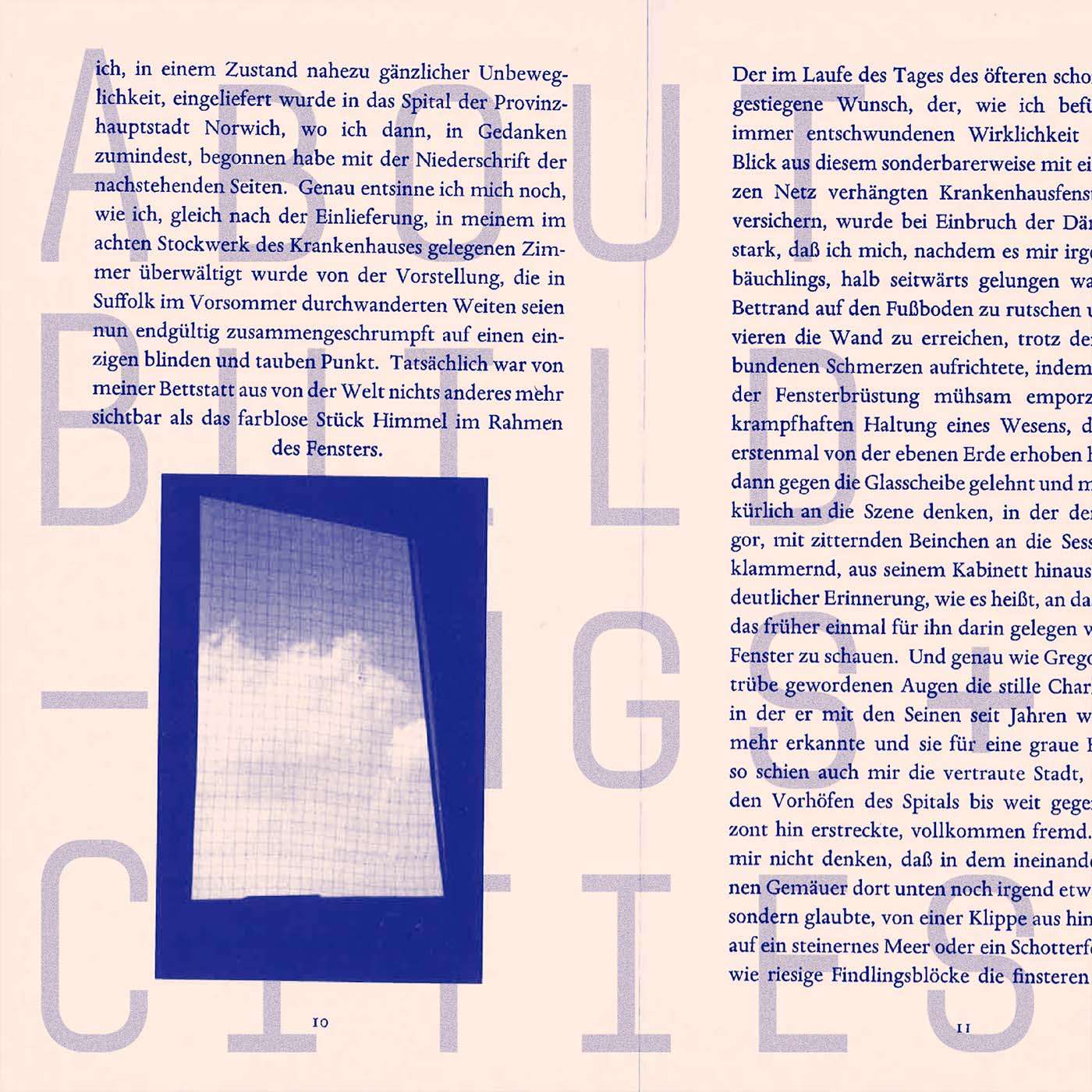
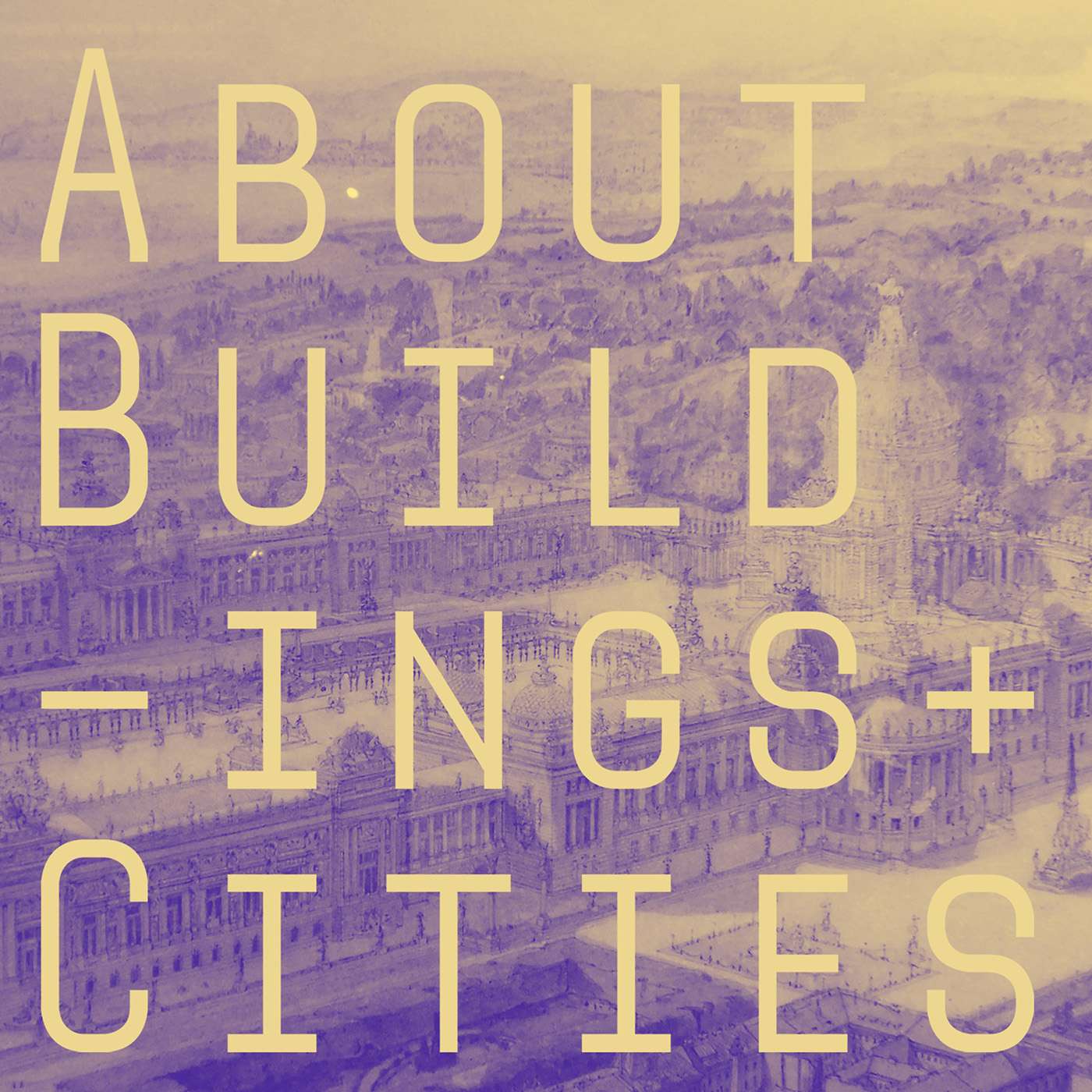
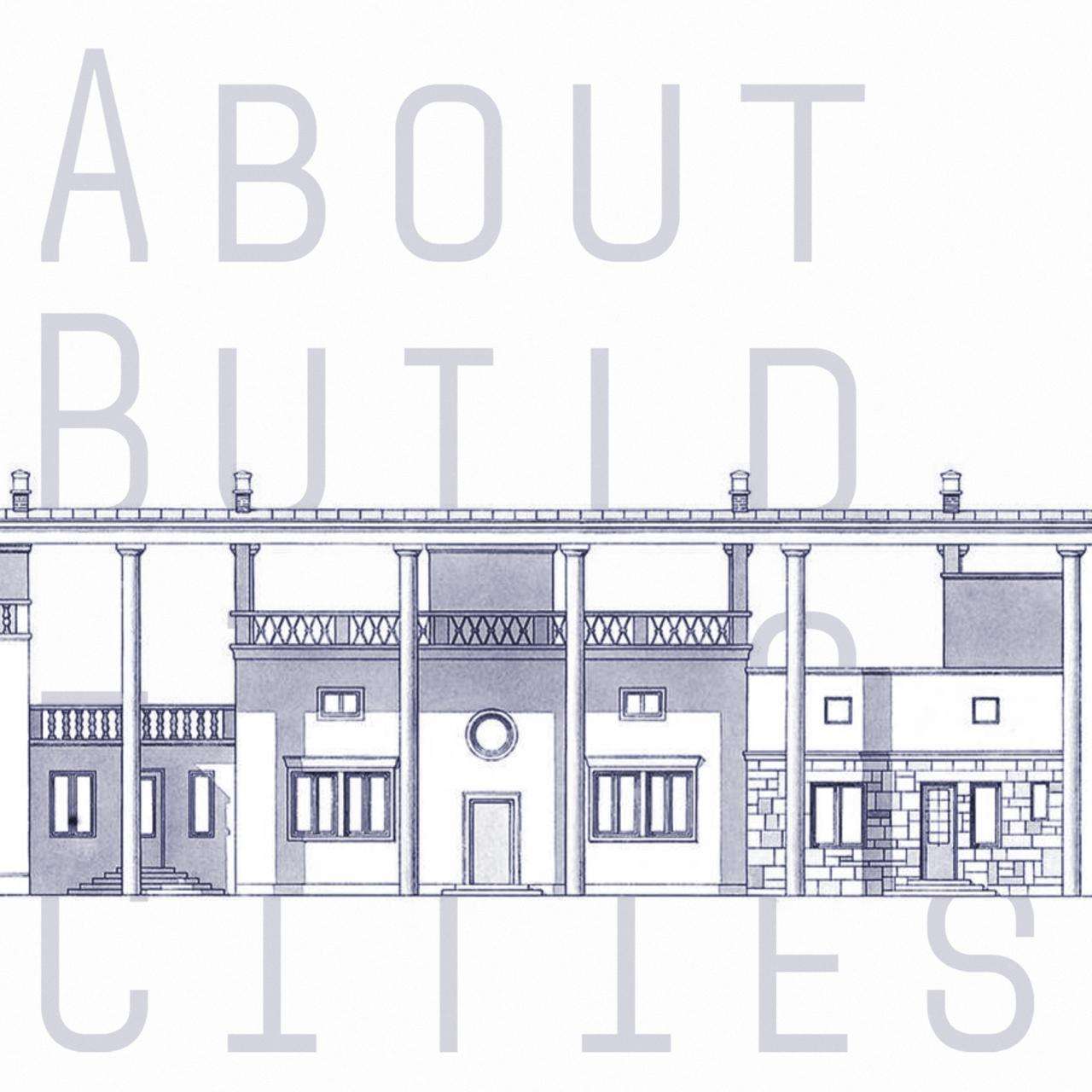
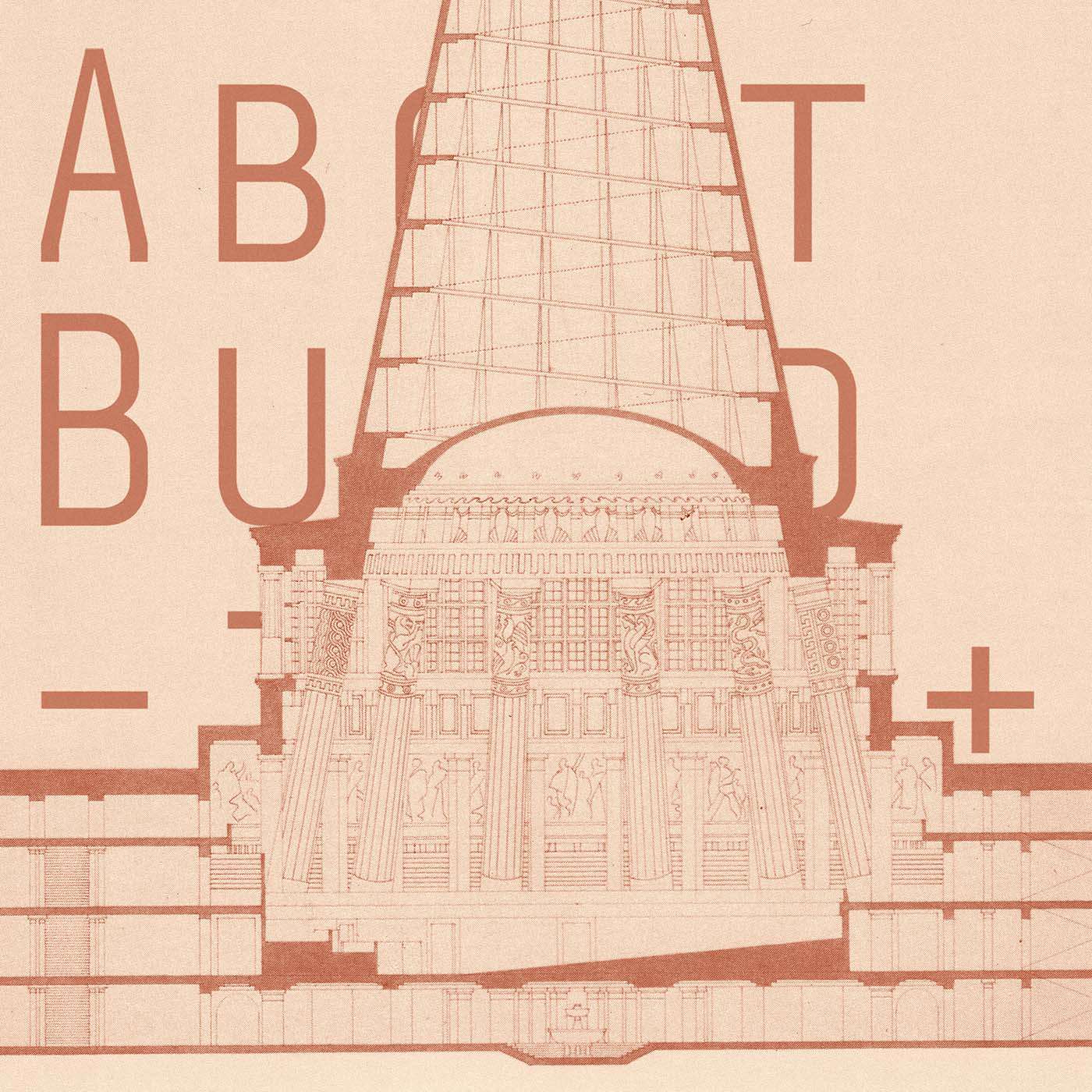
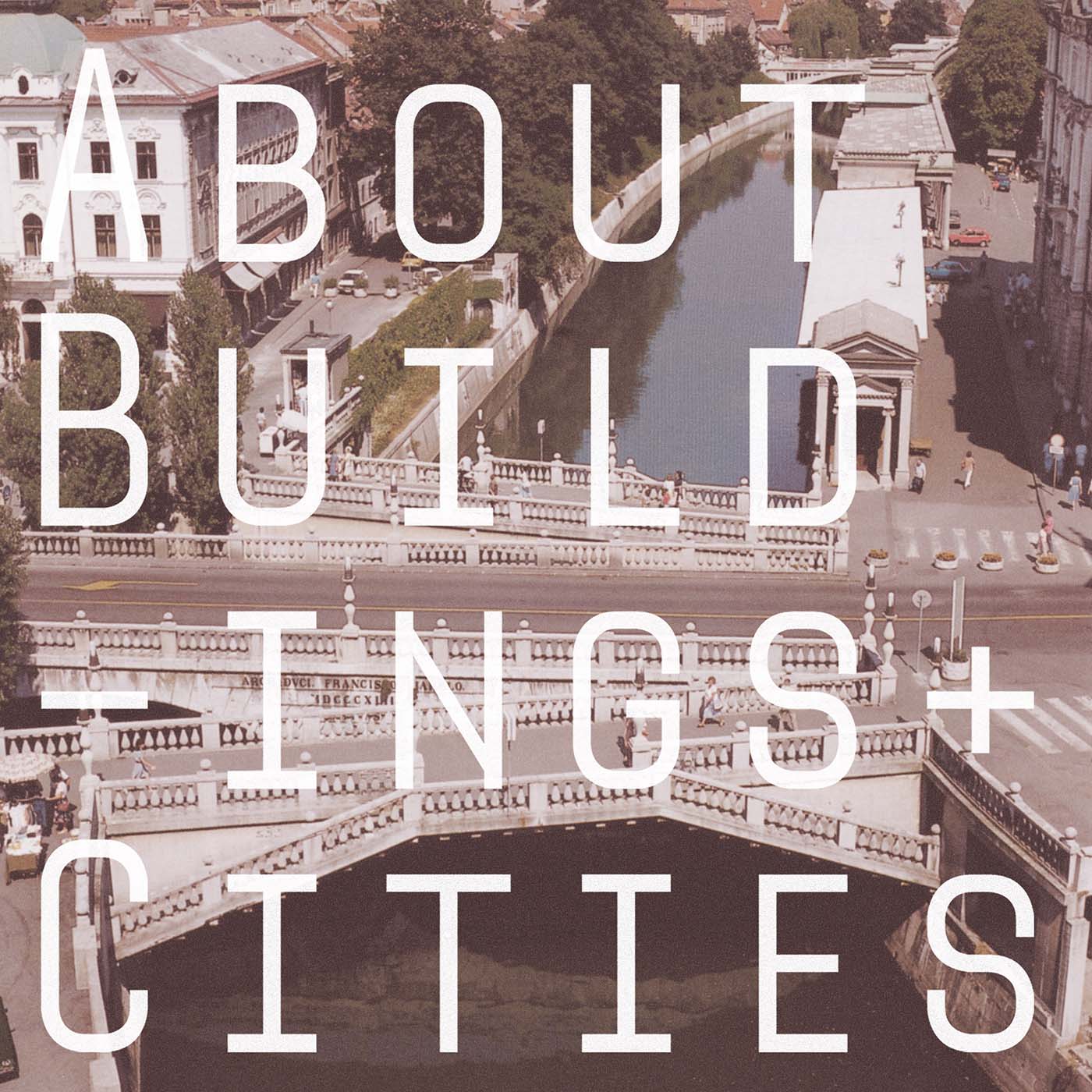
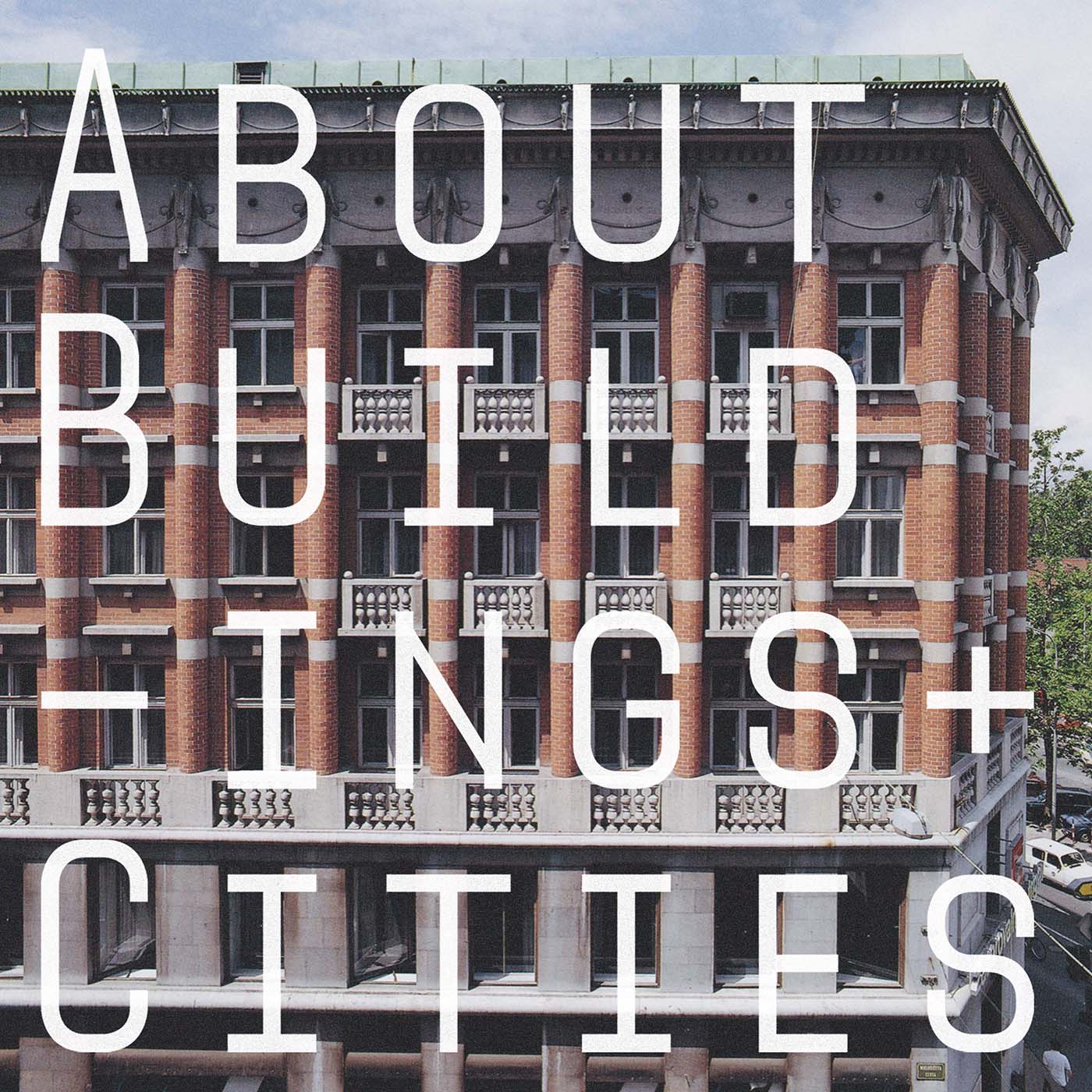
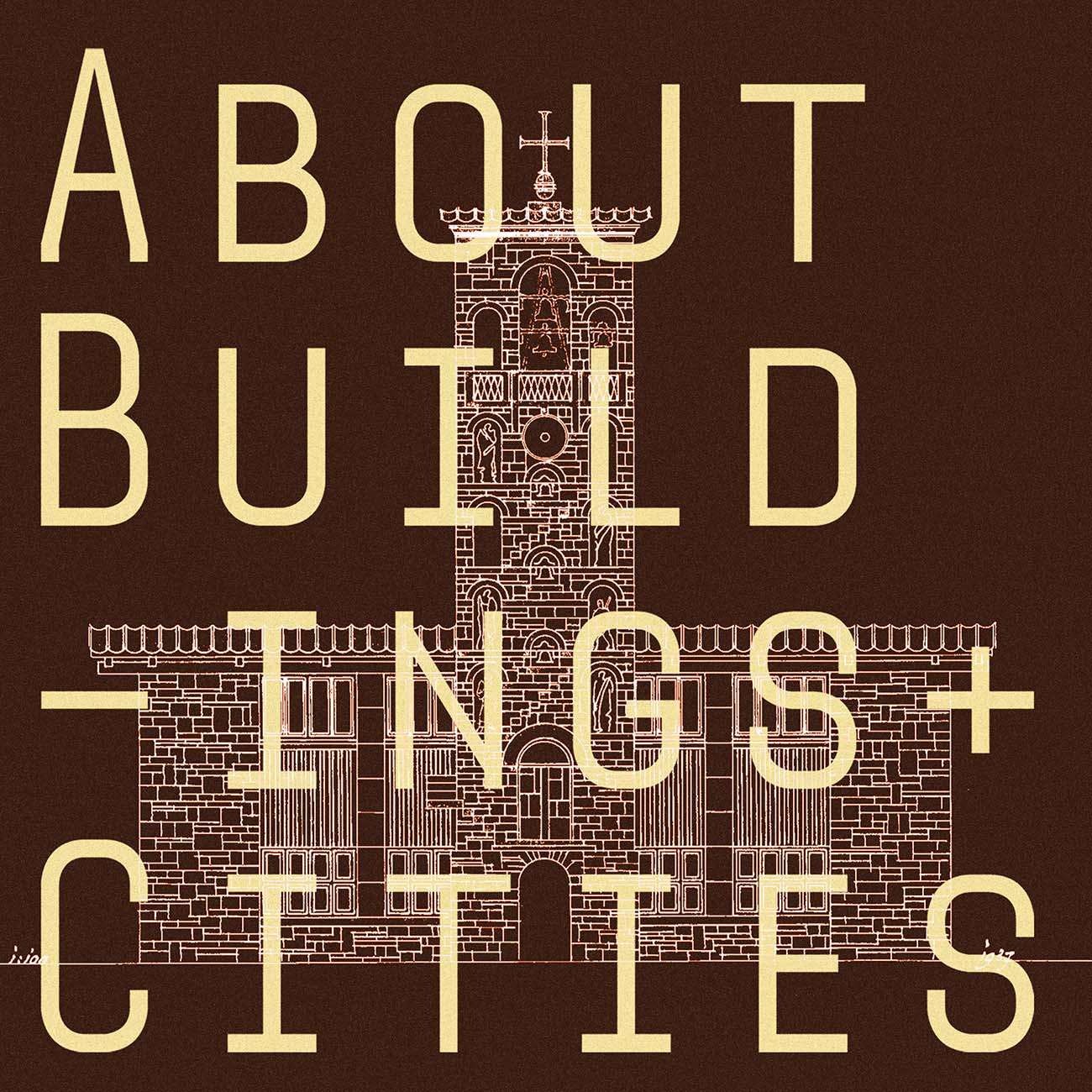
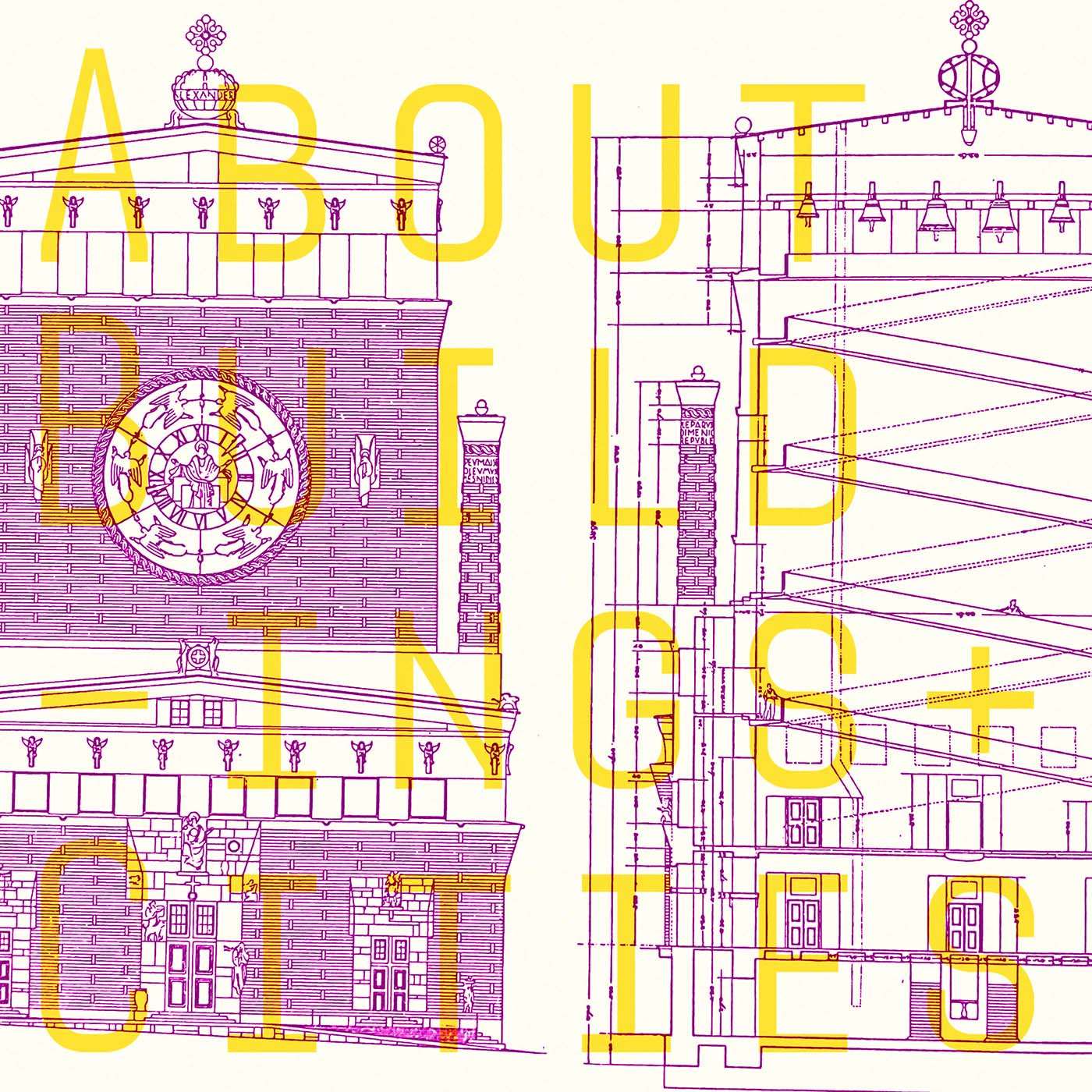
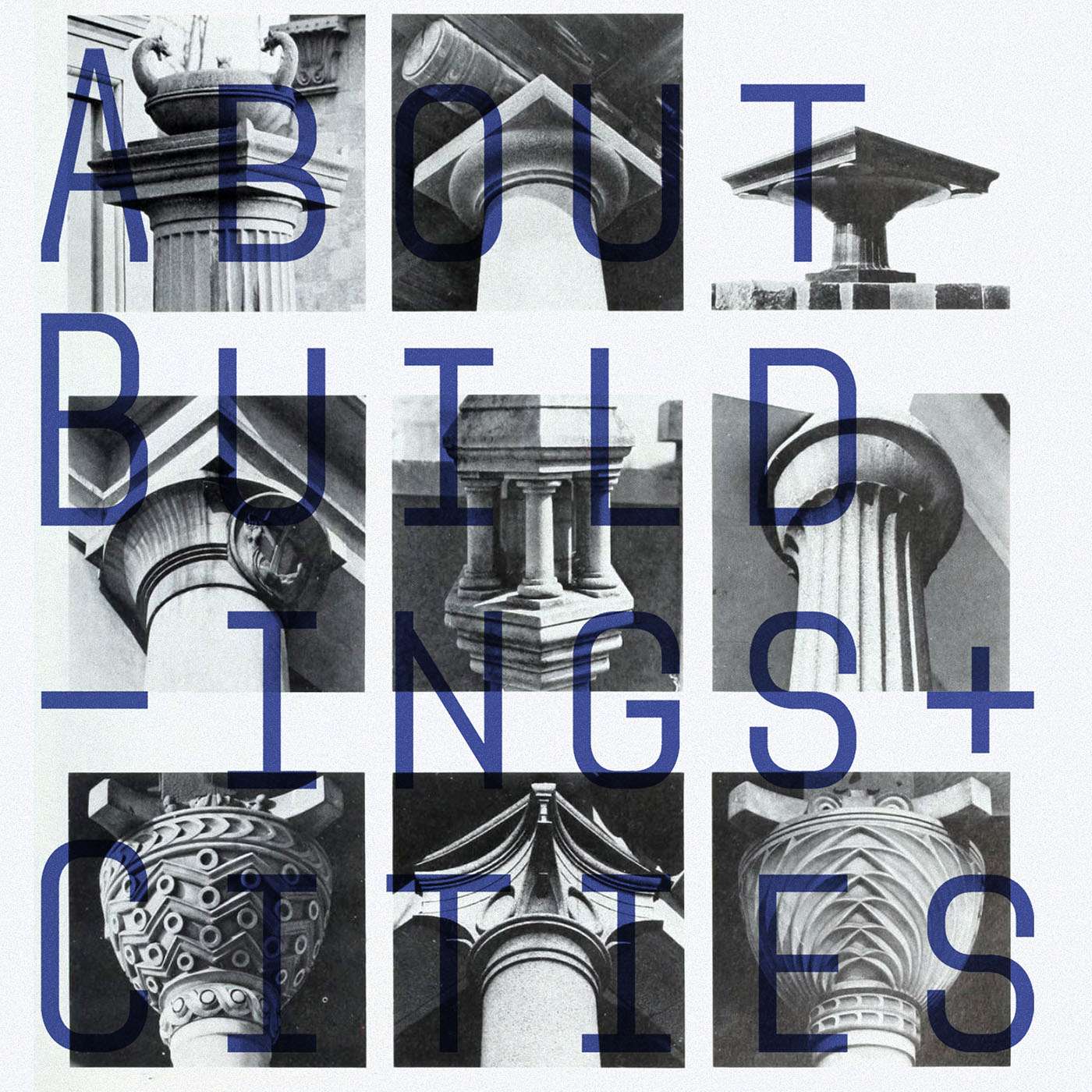
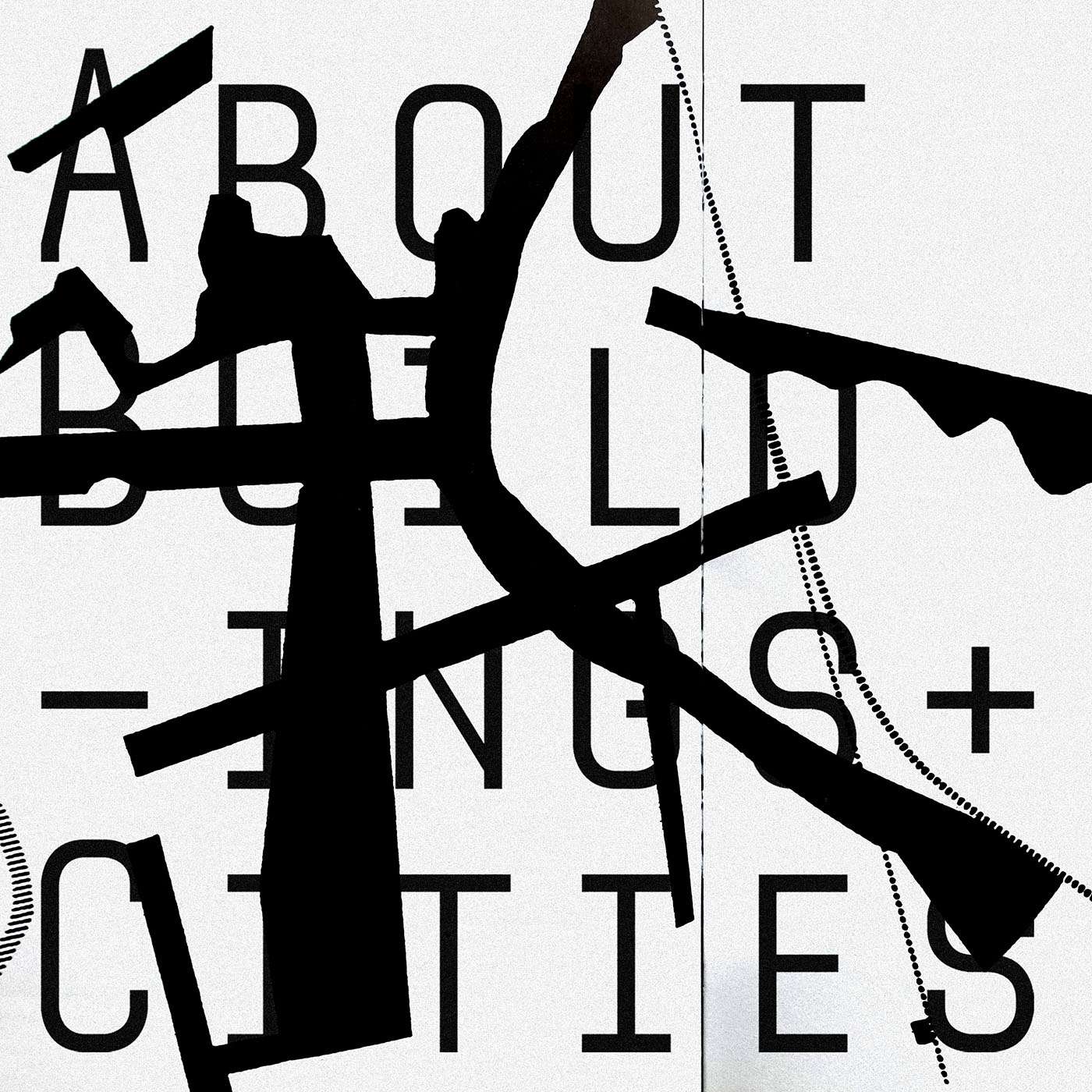
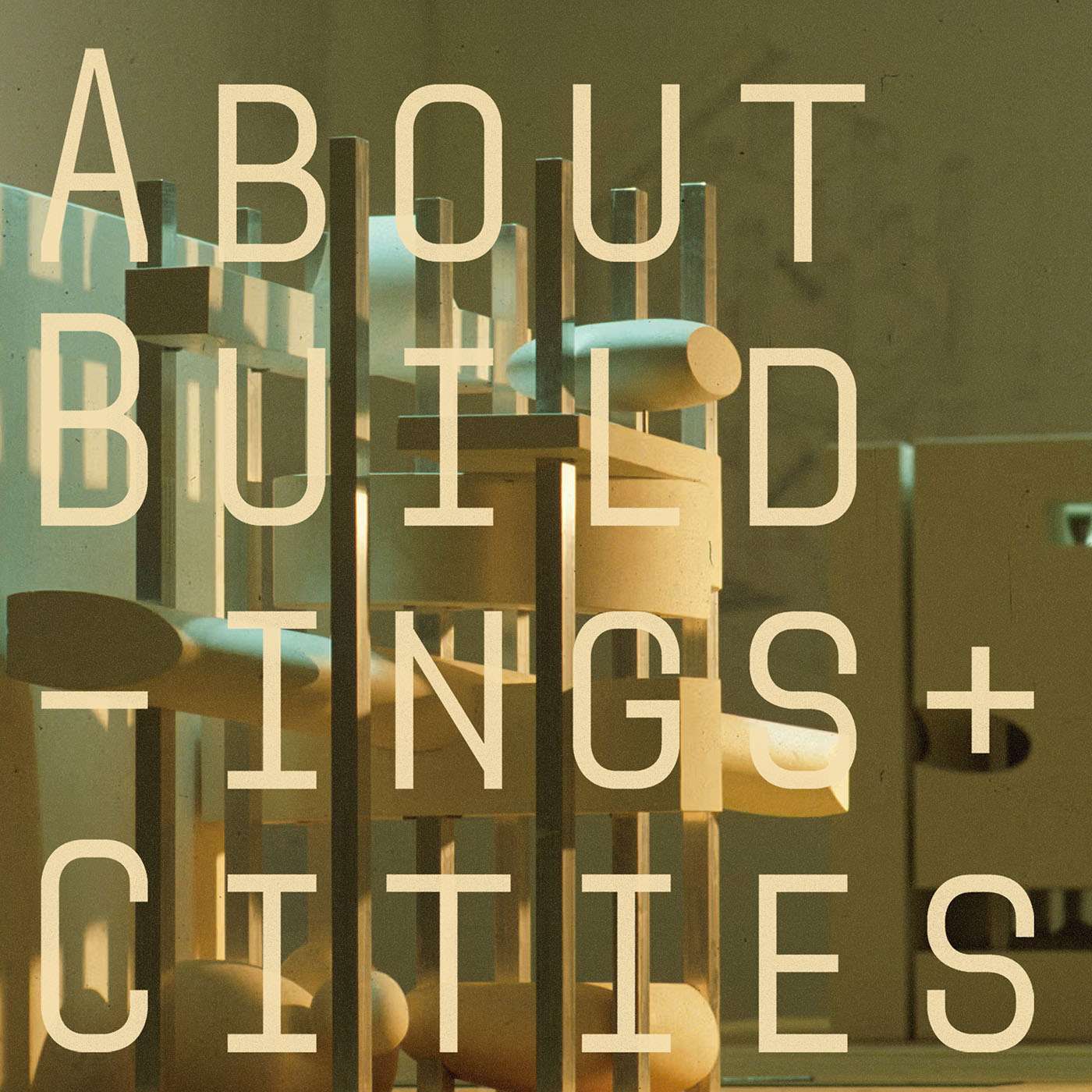
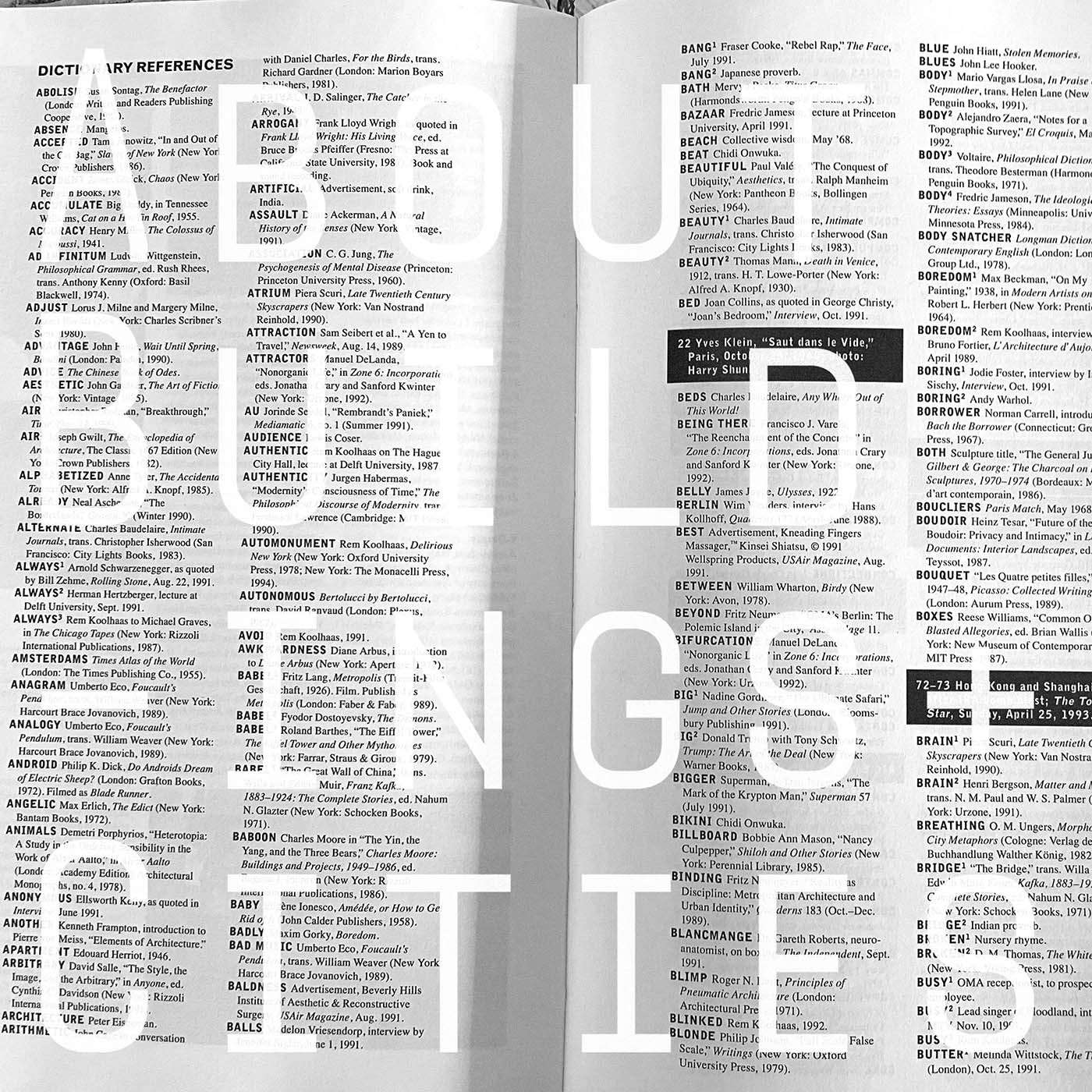
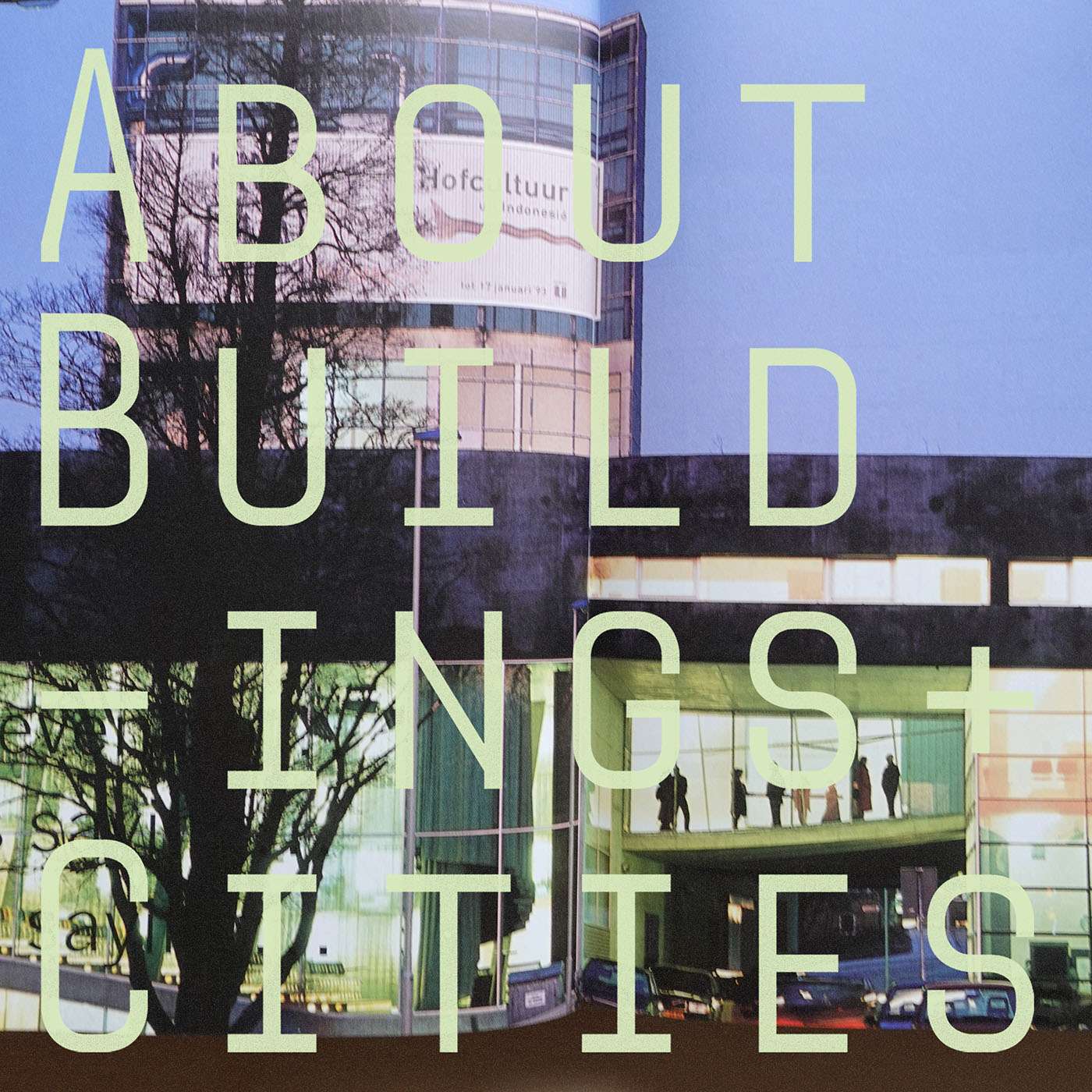
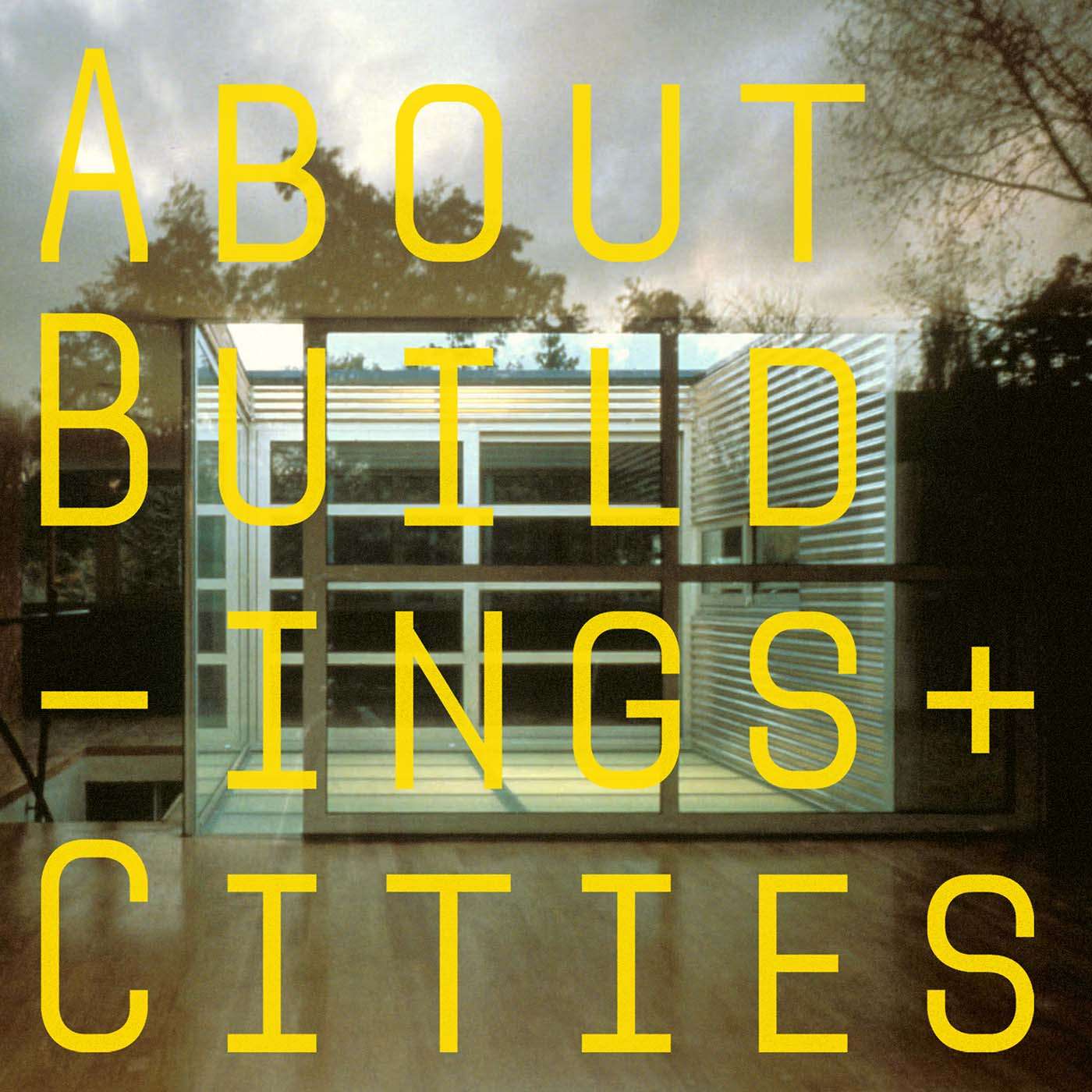



Please ‘do’ something on Budapest - I’m going in May and need some pointers! Love your podcast.
Great episode.
hello! will it be possible to have the video as well or the slides?
i like how you use political terminology to define this movement
interesting but not about architecture enough
some sound issues
Finally! An architecture podcast that is informative and interesting. Love. It